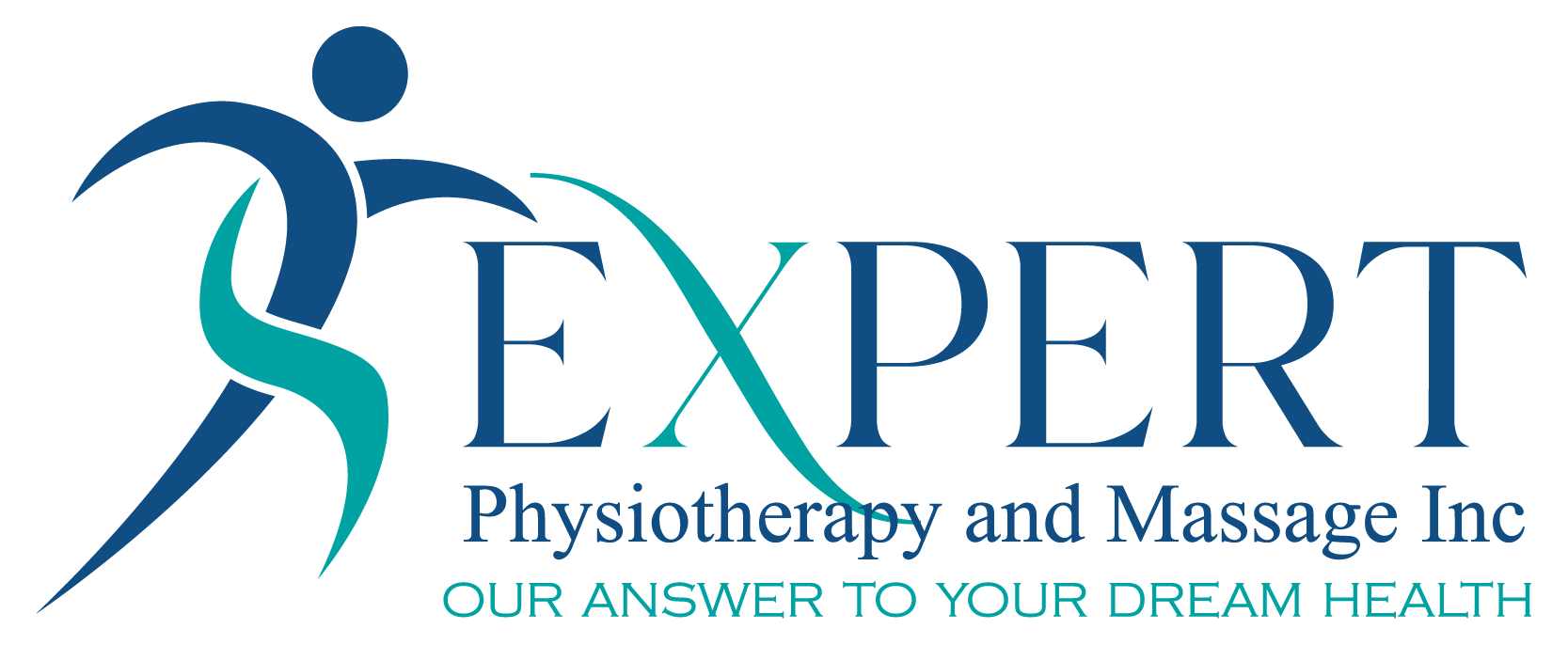Introduction
Are you an athlete or someone who frequently engages in high-impact activities like running, jumping, or playing basketball? If so, you might have experienced pain just below your kneecap. This condition, known as jumper’s knee or patellar tendinopathy, is a common overuse injury that affects the tendon connecting your kneecap (patella) to your shinbone. At Expert Physiotherapy and Massage, we understand the impact this condition can have on your performance and quality of life. Here’s everything you need to know about jumper’s knee and how we can help you recover.
What is Jumper’s Knee?
Jumper’s knee is an overuse injury caused by repetitive stress on the tendon that connects your kneecap (patella) to your shinbone. This tendon, known as the patellar tendon, helps you straighten your knee and is essential for movements like jumping, running, and kicking. Repeated stress can lead to tiny tears in the tendon, resulting in pain, inflammation, and reduced function. While athletes who participate in sports that involve frequent jumping are most at risk, anyone can develop this condition if they repeatedly strain their knees.
Symptoms of Jumper’s Knee
The primary symptom of jumper’s knee is pain at the bottom of the kneecap, which can vary in intensity depending on the severity of the condition. Other symptoms may include:
- Swelling around the knee.
- Tenderness when pressing on the tendon below the kneecap.
- Stiffness in the knee, especially after physical activity.
- Difficulty performing movements that involve bending the knee, such as squatting or climbing stairs.
Causes and Risk Factors
Several factors can contribute to the development of jumper’s knee, including:
- Repetitive Stress: Activities that involve frequent jumping, running, or abrupt changes in direction.
- Overtraining: Insufficient rest between workouts can increase the risk of injury.
- Poor Technique: Incorrect form during physical activities can place excessive strain on the tendon.
- Muscle Imbalances: Weak or tight quadriceps and hamstrings can alter knee mechanics, leading to increased stress on the patellar tendon.
- Improper Footwear: Wearing shoes that lack proper cushioning or support.
Diagnosis
At Expert Physiotherapy and Massage, our experienced physiotherapists perform a thorough assessment to diagnose jumper’s knee. This includes reviewing your medical history, examining your knee for signs of tenderness or swelling, and evaluating your movement patterns. In some cases, imaging tests like ultrasound or MRI may be recommended to assess the severity of the tendon damage.
Treatment Options
Effective treatment for jumper’s knee focuses on reducing pain, promoting healing, and preventing future injuries. Our tailored approach includes:
- Rest and Activity Modification: Reducing or avoiding activities that aggravate the condition.
- Physiotherapy: Strengthening and stretching exercises to improve muscle balance and knee mechanics.
- Massage Therapy: Targeted massage techniques to reduce tension in surrounding muscles and improve blood flow to the tendon.
- Cryotherapy and Heat Therapy: To manage pain and inflammation.
- Shockwave Therapy: In some cases, this advanced treatment can stimulate tendon healing.
- Bracing or Taping: Providing additional support to the knee during activities.
Prevention Tips
Preventing jumper’s knee involves adopting habits that minimize stress on your knees:
- Warm up properly before engaging in physical activity.
- Incorporate strength training exercises for your lower body.
- Practice good technique during sports and workouts.
- Use footwear with proper support and cushioning.
- Allow adequate recovery time between intense workouts.
Conclusion
Jumper’s knee can be a frustrating condition, especially for active individuals. However, with the right treatment and preventive measures, you can recover fully and return to doing what you love. At Expert Physiotherapy and Massage, we’re committed to helping you achieve optimal knee health and performance. Contact us today to book an appointment and take the first step toward pain-free movement!


